-
 Bitcoin
Bitcoin $115000
0.88% -
 Ethereum
Ethereum $3727
2.86% -
 XRP
XRP $3.001
2.15% -
 Tether USDt
Tether USDt $1.000
0.03% -
 BNB
BNB $765.7
0.59% -
 Solana
Solana $169.5
3.52% -
 USDC
USDC $0.9999
0.00% -
 TRON
TRON $0.3391
1.24% -
 Dogecoin
Dogecoin $0.2059
2.68% -
 Cardano
Cardano $0.7418
2.24% -
 Hyperliquid
Hyperliquid $37.92
1.29% -
 Stellar
Stellar $0.4017
2.54% -
 Sui
Sui $3.508
2.67% -
 Chainlink
Chainlink $16.87
2.81% -
 Bitcoin Cash
Bitcoin Cash $569.4
2.08% -
 Hedera
Hedera $0.2472
0.22% -
 Ethena USDe
Ethena USDe $1.001
0.01% -
 Avalanche
Avalanche $22.29
1.22% -
 Litecoin
Litecoin $118.0
0.74% -
 UNUS SED LEO
UNUS SED LEO $8.924
-0.75% -
 Toncoin
Toncoin $3.236
1.65% -
 Shiba Inu
Shiba Inu $0.00001238
1.79% -
 Uniswap
Uniswap $9.827
3.02% -
 Polkadot
Polkadot $3.684
1.92% -
 Dai
Dai $1.000
0.01% -
 Monero
Monero $283.0
-2.73% -
 Bitget Token
Bitget Token $4.362
0.47% -
 Cronos
Cronos $0.1458
4.97% -
 Pepe
Pepe $0.00001054
2.58% -
 Ethena
Ethena $0.6238
9.53%
How to apply for merchant services on Coinbase? Payment access tutorial
To apply for Coinbase merchant services, ensure your business is registered, gather documents, create a Coinbase account, and follow the application process for payment access.
Jun 06, 2025 at 07:01 am
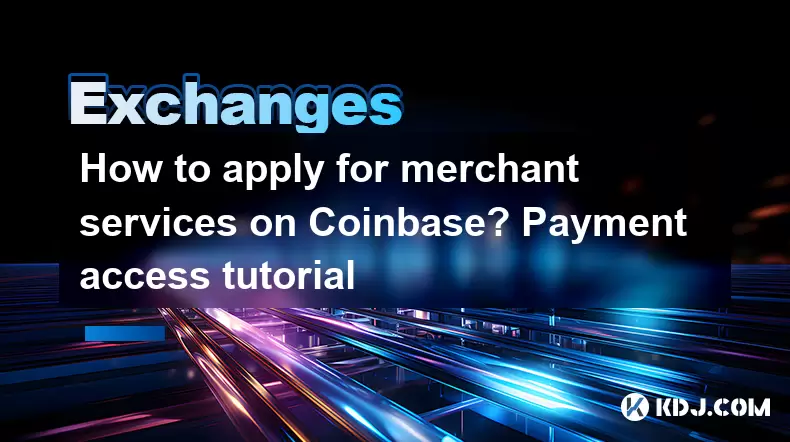
Applying for merchant services on Coinbase to enable payment access for your business involves several key steps. This tutorial will guide you through the process, ensuring you understand each part thoroughly. Merchant services on Coinbase allow businesses to accept cryptocurrencies as payment, which can be converted to traditional currency or held as digital assets. By following this guide, you will be able to set up and manage payments efficiently.
Preparing for the Application
Before you begin the application process for merchant services on Coinbase, it's essential to ensure your business meets the eligibility criteria. Your business must be legally registered and compliant with local regulations. Additionally, you should have a clear understanding of how you intend to use the merchant services.
- Gather necessary documentation: You will need to provide business registration documents, proof of address, and identification for key personnel.
- Understand the fees: Familiarize yourself with the transaction fees and any other costs associated with using Coinbase's merchant services.
- Plan your integration: Decide how you will integrate Coinbase payments into your existing systems, whether through APIs or plugins.
Creating a Coinbase Account
If you don't already have a Coinbase account, you will need to create one. This is the first step in applying for merchant services.
- Visit the Coinbase website: Navigate to www.coinbase.com and click on the 'Sign Up' button.
- Enter your details: Fill in your personal information, including your name, email address, and a strong password.
- Verify your email: You will receive an email from Coinbase. Click on the verification link to confirm your email address.
- Complete identity verification: Follow the prompts to submit a government-issued ID and take a selfie for verification purposes. This step is crucial for security and compliance.
Applying for Merchant Services
Once your Coinbase account is set up and verified, you can proceed to apply for merchant services.
- Log in to your Coinbase account: Use your email and password to access your account.
- Navigate to the merchant services section: Look for a tab or link labeled 'Merchant Services' or 'Commerce'.
- Fill out the application form: Provide detailed information about your business, including its legal name, address, and the nature of your business.
- Upload required documents: Attach the business registration documents, proof of address, and any other requested documentation.
- Review and submit: Double-check all entered information and documents before submitting your application.
Waiting for Approval
After submitting your application, you will need to wait for Coinbase to review and approve your request. This process can take several days to a week, depending on the volume of applications and the completeness of your submission.
- Monitor your email: Coinbase will communicate the status of your application via email.
- Be prepared for follow-up: You may be asked to provide additional information or clarification. Respond promptly to keep the process moving.
Setting Up Payment Access
Once your application is approved, you can set up payment access for your business. This involves integrating Coinbase's payment solutions into your business operations.
- Access the merchant dashboard: Log in to your Coinbase account and navigate to the merchant dashboard.
- Generate API keys or use plugins: Depending on your technical setup, you can either generate API keys for direct integration or use Coinbase's provided plugins for platforms like WooCommerce or Shopify.
- Configure payment settings: Set up how you want to receive payments, whether directly in cryptocurrency or converted to fiat currency.
- Test the setup: Before going live, conduct test transactions to ensure everything is working correctly.
Managing Payments and Transactions
With payment access set up, you will need to manage and monitor transactions through Coinbase's merchant dashboard.
- View transaction history: Regularly check the transaction history to track payments received.
- Handle disputes and refunds: Use the dashboard to manage any disputes or to issue refunds if necessary.
- Reconcile payments: Ensure that the payments received match your business records and accounting systems.
Security and Compliance
Maintaining security and compliance is crucial when dealing with cryptocurrency payments. Coinbase provides tools and guidelines to help you stay secure.
- Enable two-factor authentication (2FA): Add an extra layer of security to your Coinbase account.
- Monitor for suspicious activity: Use Coinbase's alerts and monitoring tools to detect any unusual transactions.
- Stay updated on regulations: Keep abreast of any changes in cryptocurrency regulations that may affect your business.
Frequently Asked Questions:
Q1: Can I use Coinbase merchant services if my business is not based in the United States?
A1: Yes, Coinbase offers merchant services to businesses globally, but you must comply with the local regulations of your country. Ensure you check Coinbase's list of supported countries and any specific requirements for your location.
Q2: What cryptocurrencies can I accept through Coinbase merchant services?
A2: Coinbase supports a variety of cryptocurrencies, including Bitcoin (BTC), Ethereum (ETH), and Litecoin (LTC), among others. The exact list of supported cryptocurrencies may vary, so it's best to check the latest information on Coinbase's website.
Q3: How quickly are payments processed through Coinbase merchant services?
A3: Payments are typically processed instantly upon confirmation on the blockchain. However, the time it takes for funds to be available in your account can vary depending on whether you choose to convert to fiat currency or hold the cryptocurrency.
Q4: Are there any limits on the amount I can receive through Coinbase merchant services?
A4: Coinbase may impose limits based on your account verification level and the type of cryptocurrency being received. Higher verification levels generally allow for higher transaction limits. You can check your current limits in the merchant dashboard.
Disclaimer:info@kdj.com
The information provided is not trading advice. kdj.com does not assume any responsibility for any investments made based on the information provided in this article. Cryptocurrencies are highly volatile and it is highly recommended that you invest with caution after thorough research!
If you believe that the content used on this website infringes your copyright, please contact us immediately (info@kdj.com) and we will delete it promptly.
- IREN Overtakes: A New King in the Bitcoin Miner Hashrate Race?
- 2025-08-07 16:31:29
- Memecoins Mania: Whales Eye Pepe Dollar (PEPD) as Bonk Cools Off, While MoonBull Hogs the Spotlight!
- 2025-08-07 16:51:17
- Unilabs, PEPE, and Investment Risk: Navigating the Crypto Hype
- 2025-08-07 16:31:29
- Meme Coin Mania: Rug Pulls, CZ-Inspired Tokens, and the Wild West of Crypto
- 2025-08-07 16:57:14
- HashFlare Founders Face the Music: Jail Time Looms?
- 2025-08-07 14:30:12
- Pepeto's Pounce: Meme Coin Mania Meets Blockchain Infrastructure
- 2025-08-07 15:10:12
Related knowledge

How to deposit USD on Bitstamp
Aug 07,2025 at 05:18pm
Understanding Bitstamp and USD DepositsBitstamp is one of the longest-standing cryptocurrency exchanges in the industry, offering users the ability to...
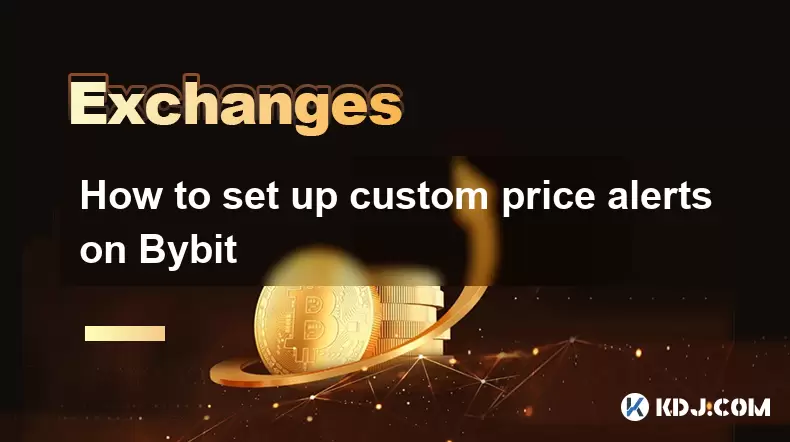
How to set up custom price alerts on Bybit
Aug 07,2025 at 04:31pm
Understanding Price Alerts on BybitPrice alerts on Bybit are essential tools for traders who want to stay informed about significant price movements i...
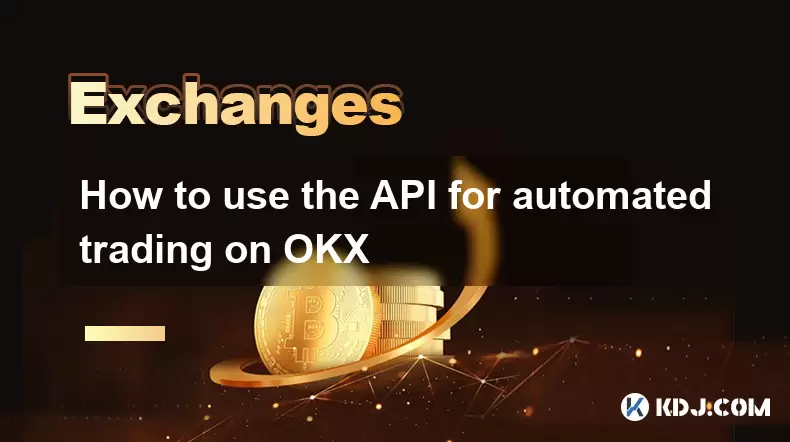
How to use the API for automated trading on OKX
Aug 07,2025 at 05:21pm
Understanding the OKX API for Automated TradingThe OKX API provides a powerful interface for users to automate their trading strategies, access real-t...

How to claim airdropped tokens on Gate.io
Aug 07,2025 at 04:01pm
Understanding Airdropped Tokens on Gate.ioAirdropped tokens are digital assets distributed for free by blockchain projects to promote awareness, incen...
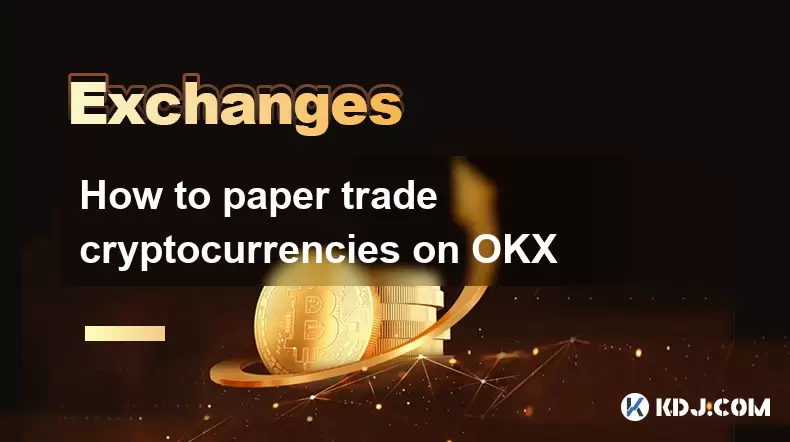
How to paper trade cryptocurrencies on OKX
Aug 07,2025 at 06:01pm
Understanding Paper Trading in the Cryptocurrency ContextPaper trading, also known as simulated or virtual trading, allows users to practice buying an...
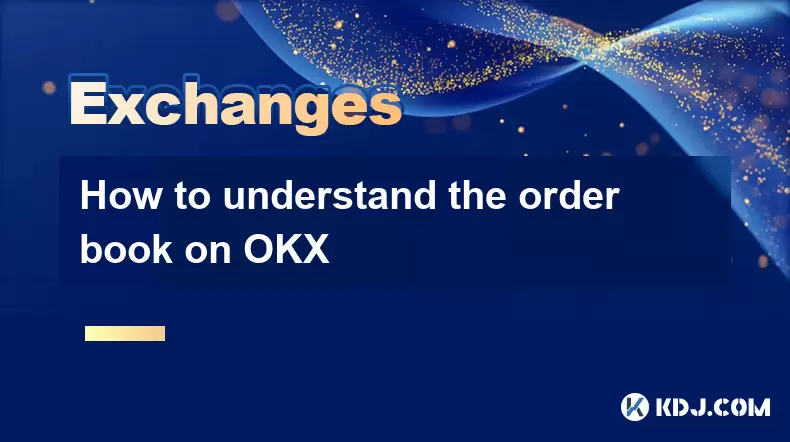
How to understand the order book on OKX
Aug 07,2025 at 03:49pm
What Is an Order Book on OKX?The order book on OKX is a real-time, dynamic list of all open buy and sell orders for a specific cryptocurrency trading ...

How to deposit USD on Bitstamp
Aug 07,2025 at 05:18pm
Understanding Bitstamp and USD DepositsBitstamp is one of the longest-standing cryptocurrency exchanges in the industry, offering users the ability to...

How to set up custom price alerts on Bybit
Aug 07,2025 at 04:31pm
Understanding Price Alerts on BybitPrice alerts on Bybit are essential tools for traders who want to stay informed about significant price movements i...

How to use the API for automated trading on OKX
Aug 07,2025 at 05:21pm
Understanding the OKX API for Automated TradingThe OKX API provides a powerful interface for users to automate their trading strategies, access real-t...

How to claim airdropped tokens on Gate.io
Aug 07,2025 at 04:01pm
Understanding Airdropped Tokens on Gate.ioAirdropped tokens are digital assets distributed for free by blockchain projects to promote awareness, incen...

How to paper trade cryptocurrencies on OKX
Aug 07,2025 at 06:01pm
Understanding Paper Trading in the Cryptocurrency ContextPaper trading, also known as simulated or virtual trading, allows users to practice buying an...

How to understand the order book on OKX
Aug 07,2025 at 03:49pm
What Is an Order Book on OKX?The order book on OKX is a real-time, dynamic list of all open buy and sell orders for a specific cryptocurrency trading ...
See all articles

























































































